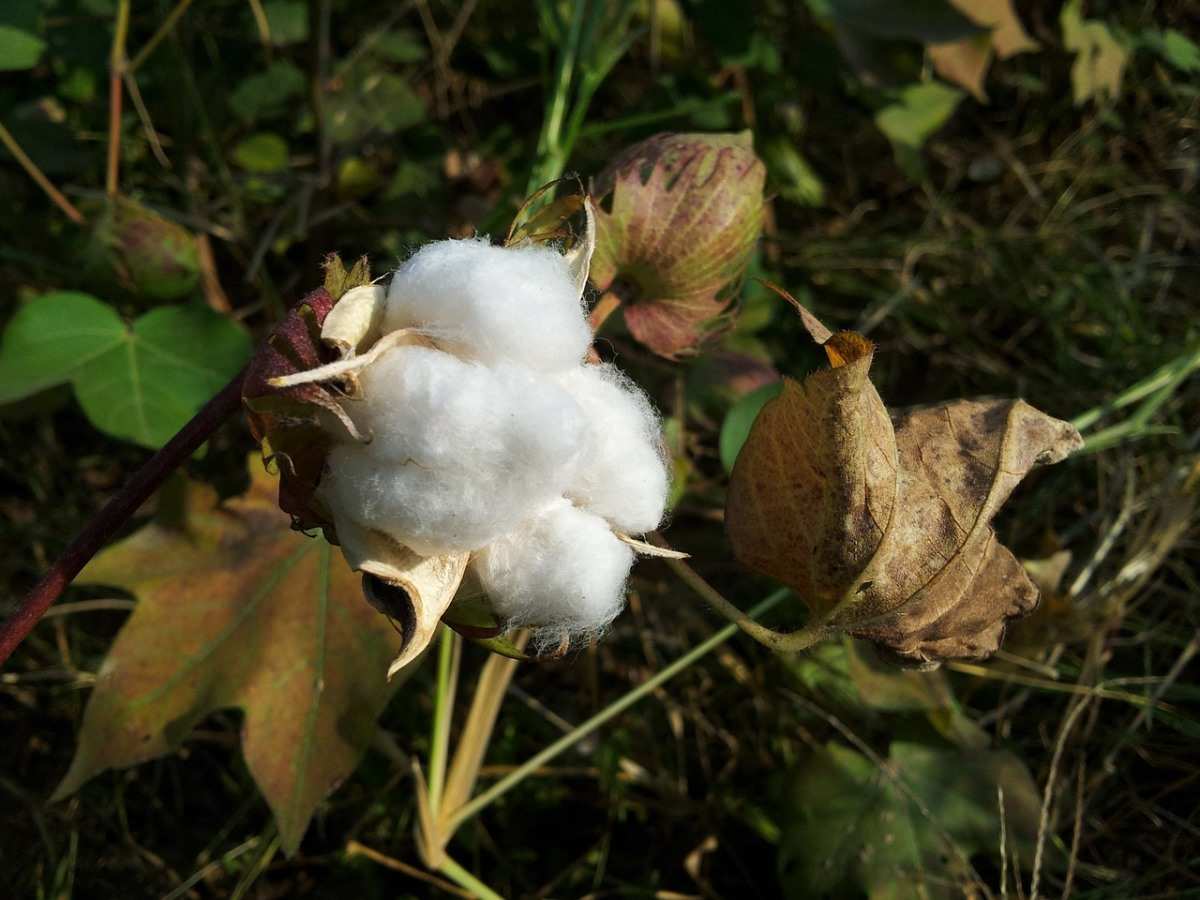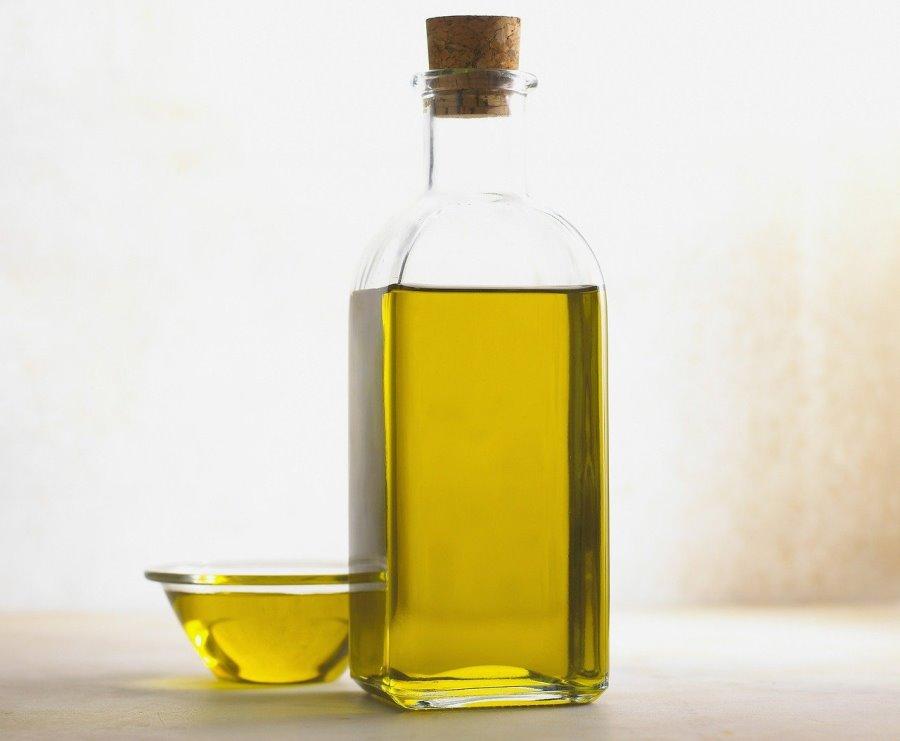Cotton Seed Oil Manufacturing Project Report, and Business Plan
Introduction
Edible oil is the chief component in every food and every individual consumes a variety of edible oils in food daily in one or the other form. Many places of India are quite rich in case of oil seeds -particularly Madhya Pradesh. There are usually two methods to obtain oil from the seeds. Expelling process and solvent extraction method. A boiler and steam kettle are essential if the oil has to be extracted from groundnuts, cotton seeds, soybean, and castor seeds. The quantity of oil would enhance by about 2%.
A step-by-step guide to Cotton Seed Oil Manufacturing Project Report, and Business Plan
Applications of Cotton Seed Oil
Cottonseed oil is obtained by extracting it using seeds of various cotton plants. These plants are majorly grown for cotton fiber, animal feed, and oil. They are similar to sunflower seeds in structure. Cottonseed oil is lightly golden and moderate taste, but usually, the color of the oil is determined by the degree of its refining. Cottonseed oil is generally used in cuisine for preparing mayonnaise or in salad addition. As it is less expensive when compared to olive or canola oil, cottonseed oil is used as frying oil in the majority of hotels ad food joints while preparing food. Cottonseed oil mill machinery is best for crushing cottonseed oil seeds and hence it is used in cooking.
Many of us use cottonseed oil for cooking purposes, but not everyone has the idea of the advantages of this oil. The oil is rich in antioxidants, which are important for good health, cottonseed oil is an essential product for better health. It has a high quantity of vitamin E contains low cholesterol. As a result, this oil is mainly used for baking or in food preparation.
Market potential of Cotton Seed Oil
There is a huge demand for oil in the market. Almost all households and restaurants will consume oil daily in food items such as curries and biryanis etc, the market is rising at 10-15% every year.
Business plan for starting Cotton Seed Oil Business
For starting Cotton Seed Oil Manufacturing Business, you need to design a perfect business plan which includes
- Basis and presumptions
- Implementation schedule
- List of licenses
- Raw materials
- Machinery and equipment
- Manufacturing process
- Economics of the project
Basis and presumption for project profitability of Cotton Seed Oil Business
- Number of Working Days in a year: 300 Days
- Number of Shifts in a day: 1
- Hours in a Shift: 8 hours
- Plant Capacity: Consider on Average production capacities of plant.
- Raw Material Availability
- Depreciation: Straight Line Method
- Manpower: According to project Requirement
- Rent estimate: On the basis of current market prize of the area.
- Potential area of Marketing the products: Local market and households.
- If project is funded, term loan would be: 60-80% of Total investment
- Moratorium Period: 6- 12 months
- Repayment Period: 5-7 years
Implementation Schedule
Proposed Cotton Seed Oil Project can commence production within 6 – 8 weeks after the approval and first release of term loan.
List of licenses required to start Cotton Seed Oil Manufacturing Business
Below is the list of licenses, permissions and registrations required to start Cotton Seed Oil Manufacturing Business in India-
- MSME registration
- GST registration
- ROC
- Registration of firm
- Shop Act License
- FSSAI License
- IEC Code
- Export License
- Fire and Safety
- ESI
- PF
- No Objection Certificate from pollution board
- Trade license from local municipal authority
Raw materials required for starting Cotton Seed Oil Making Business

The major raw material is cotton seeds from which the oil is extracted.
Machinery and equipment required to start Cotton Seed Oil
When establishing an entire cottonseed oil extraction plant, you should consider the process design and equipment choice into account. It is crucial to check the pros and cons of the processing technology and machinery. To take a wise decision and avoid unnecessary waste of resources, the process constraints and machinery type selection should be carried out according to the oilseeds features, production capacity, equipment properties, factory condition, etc. It is also essential to consider whether the present equipment can be employed in your cottonseed oil mill plant to enhance the utilization rate of equipment and decrease the recurring investment.
- Cottonseed Sheller: Tooth roller sheller, blade sheller, disc sheller, are the three common kinds of cottonseed dehulling machines. The benefits of a disc shelling machine are many and it is the perfect choice for cottonseed processing.
- Benefits of a disc shelling machine
- Easy to maintain.
- Good adaptability compared to various oilseeds.
- High hulling effectiveness, for example, the shelling rate can attain 98% when the moisture is lower than 12%).
- Cottonseed shells can be used to culture strains of bacteria that can be used for the cultivation of mushrooms.
- Kernel and Shell Separation Screen: With proper machinery for separation, the recovery rate can attain around 98%. After separation, there is no kernel in the shells. The equipment cost will be recovered in six months only.
- Flaking Machine: The purpose of flaking is to disrupt oilseed cell structure, enhance the surface area, increase the consistency of the material, which will improve oil extraction efficiency. Thus, a flaking machine is an essential equipment for industrial-scale cottonseed oil manufacturing.
- Cottonseed Cooking Machine: The so-called cooking of oilseeds is a step where seeds are treated by wetting, heating, steaming, and frying. This will destroy the cell structure and release the oil.
- Benefits of Cottonseed Cooking Machine
- Make the phospholipid absorb water and expand, decrease the solubility of phospholipids in crude oil, and enhancing oil yield and grade.
- The greater the extent of protein denaturation, the higher you have the oil yield.
- Add gossypol with protein.
Manufacturing process of Cotton Seed Oil
In case if you miss this: Castor Oil Manufacturing Project Report.

Steaming cooker and heat conduction oil furnace are the two usual machines for this process.
The performance of pre-processing equipment dictates the core competitiveness of the cottonseed oil business or company. Therefore, when establishing a production line of cottonseed oil, make sure you focus on the cottonseed pre-treatment section.
Usually, for commercial cottonseed oil mills, with sufficient factory space, multiple oil presses are suggested project plans, to enhance the equipment operation rate and decrease the factory running cost and try to avoid the risk of production obstruction when one machine is under repair. For the cottonseed solvent extraction plant, the residual oil in the cottonseed meal must be optimized at lower than 1%, for decreasing the relieve pressure of solvent extraction. Oil should be extracted as much as possible in the oil pressing or expelling method, keeping the residual oil rate in cottonseed cake below 12%.
Settling / Clarification Tank, and Oil Filtering Machine
The purpose of oil clarification and oil filtering is to decrease the impurities leftover in crude cottonseed oil, laying a solid foundation for refining the quality of refined oil in an oil refinery. The clarification tank does not have specific requisites. Customize the settling tank as per your location and production capability. Regarding the oil filtering, we have a plate and frame filter, horizontal blade filter, vertical blade filter, and many more. Currently, the vertical blade filter is the most used one in small to medium-scale edible oil refinery units, whereas the horizontal blade filter press is mainly seen in large-scale oil processing plants. The selection of the filter is one based on impurity content in crude oil and oil refining capability.
Cotton Seed Oil Manufacturing Project Report/ Economics of Cotton Seed Oil Manufacturing in India
Cotton Seed Oil Project Report – Land and building: Rs. 5,000
Cotton Seed Oil Project Report – Machinery and equipment:
- Volt Expeller with accessories, Filter Press, Suitable Boiler, Steam Kettle, Weighing Balance, Hand Tools, Furniture: Rs. 1,50,000
- Sales Tax, Freight and Insurance etc.: Rs. 15,000
- Total: Rs. 1,65,000
Cotton Seed Manufacturing Oil Project Report – Raw material (per month):
- Cotton Seeds: Rs. 2,50,000
- Packaging Material: Rs. 3,000
- Total: Rs. 2,53,000
Cotton Seed Oil Manufacturing Project Report – Staff & labour (per month): Rs. 23400
Cotton Seed Oil Manufacturing Project Report – Other expenses (per month):
- Rent of Land & Building: Rs. 5,000
- Electricity Charges: Rs. 8,000
- Fuel Exp.: Rs. 5,000
- Advertisement & Travelling: Rs. 2,000
- Transport: Rs. 5,000
- Consumable & stores etc.: Rs. 1,000
- Potage expenses/ telephones: Rs. 1,000
- Stationery: Rs. 1,000
- Repairs & Maintenance’s: Rs. 2,000
- Total: Rs. 30,000
Cotton Seed Oil Manufacturing Project Report – Working capital (for one month):
- Raw material: Rs. 2,53,000
- Salaries & Wages: Rs. 23,400
- Other Expenses: Rs. 30,000
- Total: Rs. 3,06,400
Cotton Seed Oil Manufacturing Project Report – Total capital investment
- Machinery & Equipment: Rs. 1,65,000
- Working capital for one month: Rs. 3,06,400
- Total: Rs. 4,71,400
Cotton Seed Oil Manufacturing Project Report – Cost of production (per annum)
- Total recurring cost per year: Rs. 36,76,800
- Depreciation on machinery & equipment: Rs. 16,500
- Interest on total investment @ 10%: Rs. 47,000
- Total: Rs. 37,40,300
Cotton Seed Oil Manufacturing Project Report – Sales proceeds (per annum)
- Cotton Seed Oil – 45000 Kg: Rs. 42,75,000
- Total: Rs. 42,75,000
Cotton Seed Oil Manufacturing Project Report – Profitability (before income tax)
- Annual Gross Profit: Rs. 5,34,700
- % of Profit on Sales: 12.51%
- Break Even Analysis
- Annual Sales: Rs. 42,75,000
- Annual Variable Cost: Rs. 30,36,000
Cotton Seed Oil Manufacturing Project Report – Break Even Point calculation
Break-Even Analysis = Annual fixed cost X 100 / Annual sales – Annual variable costs = 51.72%.
- Handicraft Making at Home: A Small Profitable Business Idea
- Pet-Tech Startups: Innovations for Animal Lovers
- Tech Repair Services: Meeting the Demand for Gadget Maintenance
- Maximizing Rewards: Smart Credit Card Habits for Cashback and Points
- Ultimate Guide to Making Money from Goat Milk Business
- How to Start an Agricultural Value Added Product Business
- Value-Added Business Ideas for Greenhouse: The Best Ways to Make Profits with Greenhouse Farming
- How to Make Profits with Organic Country Chicken: Best Strategies for Beginners
- 10 Value-added Business Ideas for Millets: Low-investment and Highly Profitable
- Why Cleaning Service Business Becoming More Profitable in Metro Cities in India
- 10 Best Businesses to Start in Ayodhya for Profits
- Top Drone Business Ideas in India: Unlocking Aerial Innovation & Opportunities
- Top 10 Service Businesses You Can Start with No Money
- Ultimate Guide to Starting a Home-Based Advertising Agency Business
- Starting a Nail Salon Near Your Location: Check List, Business Plan, Licensing, and Opening Instructions
I need detail project report.
i wish to set up cotton seed oil industry so, i need a detailed project report where how please.
I wish to set up cotton seed oil industries so I need a full project report